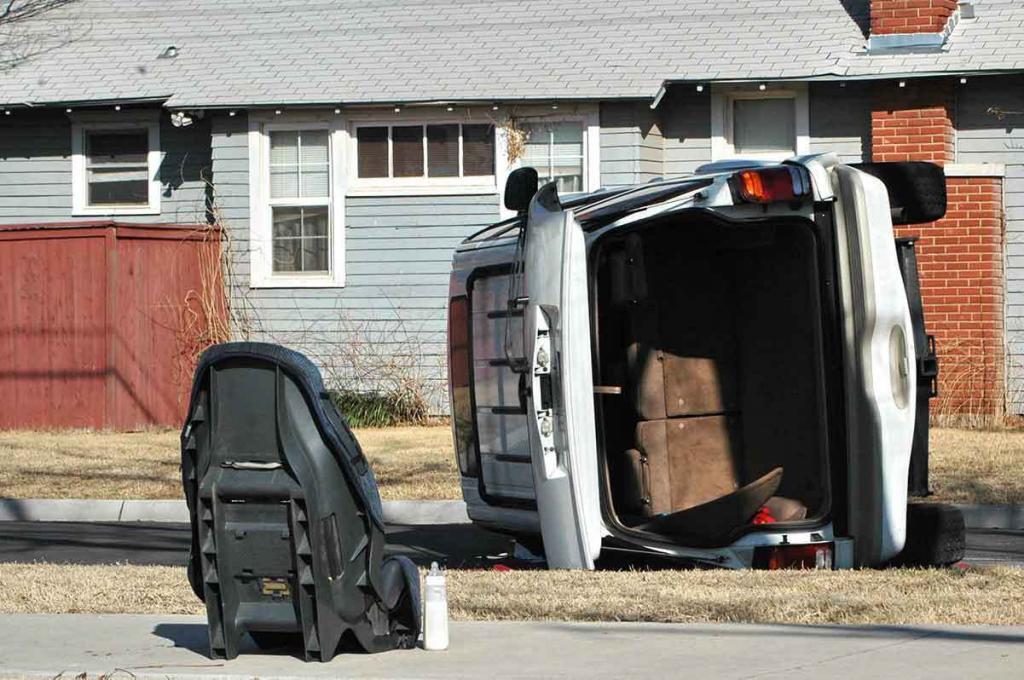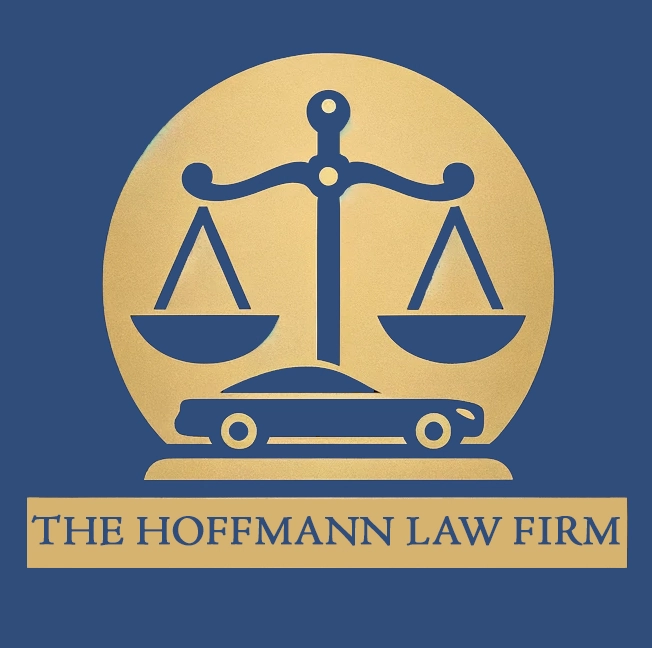An ejection injury is possibly among the worst types of injuries one can suffer in a car accident.
Traveling with kids is not easy, as all parents know. Especially when having to go long distances, children get more anxious, impatient and difficult to entertain. You can use several tricks and negotiations, depending on the age of the children, but a quiet road trip is never a guarantee.
Unfortunately, some parents think that leaving their kids unrestrained, perhaps to give them more freedom of movement, is an acceptable solution. Whether it comes from ignorance or selfishness, leaving your child unrestrained in a moving car is not only unrecommended but illegal in most countries.

Why Do Children Need Special Car Restraints?
Because of their anatomy, children must be restrained in proper systems that are specifically designed for their height and weight. The law specifies an age limit when it comes to car seats for infants and children, although it should only serve as a guideline.
Every child is built differently, so if you have a twelve-year-old who is slightly shorter than recommended for wearing an adult-sized seat belt, don’t just eliminate the booster seat because the law covers you. It’s all about keeping your child safe, and it should not be negotiable.
The reason children should be restrained in a size appropriate car seats or boosters is that their heads are proportionately bigger than their bodies and their backs and necks are insufficiently developed to sustain their weight in a sudden shock.
Numerous crash tests – with the Swedish Plus Test being the industry standard – have shown that the safest way for a child to travel is in a rear-facing car seat, for as long as their size allows it. It is also recommended to transition to the next level seat when the currently used one gets closer and closer to being outgrown. Putting your child in a seat that is too big or too small for them can be extremely dangerous.
Unrestrained Children in Moving Cars – a Form of Child Abuse?
With the associated risks being established, it’s clear that the law should be tough on the parents who leave their children unrestrained while in a moving car. It seems like it would be common sense not to do that, but many parents still ignore the law.
We all know how difficult a crying or screaming child can be, but not even the most excruciating cry should determine parents to put their child through such a high risk. That is precisely the reason why a road safety expert in Ireland called this a form of child abuse.
The official argues that parents who put their children at risk when they should be responsible for their safety and integrity, choose to do so knowingly. So, they fail to do their job and expose the little ones to significant injury or death.
Unfortunately, children face a greater risk of suffering these injuries in a crash. It’s important for all passengers to wear seatbelts and to keep children properly buckled up in an age-appropriate car seat. When passengers do not buckle up, or when the child is not secured in the safety seat, a crash can lead to serious ejection injuries.
About car accident ejection injuries
The primary cause of ejection injuries is when unbuckled passengers get thrown out of a window, windshield, or the door during a crash. There could be several contributing factors including driving under the influence of alcohol, speeding, malfunctioning seat belt, broken doors, improper car seat installation and a rollover.
Vehicle ejection types:
Partial: When a body part crashes through the glass or outside of the car, however, the whole body is not thrown out. The appendage that is outside of car can get crushed if there is a rollover crash. The victim can also suffer head and spine injuries
Complete or total: The person is completely thrown out of the car.
Types of injuries sustained in ejection
A high impact crash that involves significant momentum can cause total ejection, and when it happens, the resulting injuries can be serious. The injuries may include broken bones, cuts, traumatic brain injuries, concussion, fractured spinal column or skull, torn ligaments and muscles, excessive bleeding, loss of limbs, paralysis or even death.
Ejection Injuries in Children
The fatality risk among children is serious car crashes is much greater compared to adults. Children less than four years of age have the highest fatality rate. The most common type of injury reported among children s traumatic spinal injury, which is often caused by failure to use child safety seats or child restraints properly.
Buckle up to prevent injuries
Using a seat belt properly can significantly reduce the risk of ejection from a vehicle. You must ensure that your seatbelt is buckled properly and that any children in the vehicle are properly restrained. Perform routine car safety seat checks to ensure that your kids ride safely. It is also important to make sure that your car seats are properly installed.
Ejection risk also depends on type of glass
The type of glass in the side windows of your car can also impact the ejection risk. If you have traditional glass, the chances of it getting shattered and partial or complete ejections occurring are high. Laminated glass does not shatter easily, and can protect you and your family against ejection.
Has your child suffered an ejection injury? If your child has suffered an ejection injury in a car crash caused by another driver’s negligence, you should immediately seek help from a competent St. Louis accident lawyer and initiate a claim.
